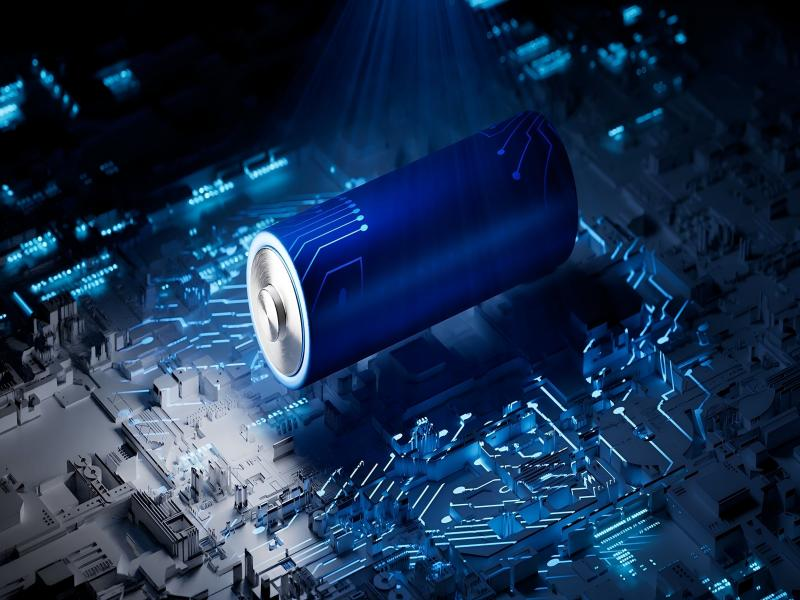Heynova offers not only common electrolyte additives such as cyclic carbonates, organic sulphate, and sulphate, but also lithium salts. Additionally, we offer new-generation silicon-based anode electrolyte additives. Currently, in addition to fluorine-containing and boron-containing electrolyte additives, other new-generation additives with functional groups such as salines, amides, and isocyanates are also used in silicon-based anode systems, enhancing the chemical and electrochemical performance of these systems. Electrolyte additives act as “performance regulators” for lithium-ion batteries, with just 0.5%–5% of the additive significantly improving the battery's cycle life, safety, and rate performance. Electrolyte additives have a significant impact on the safety, lifespan, and other performance characteristics of lithium-ion batteries, making them an indispensable component of these batteries.
As the lithium-ion battery industry and downstream sectors such as new energy vehicles continue to develop, battery technology is advancing rapidly. High voltage, high energy density, wide temperature range, high power, long cycle life, and high safety are currently the key research directions. Additives are functional substances that improve the stability of lithium-ion battery electrolytes and enhance battery electrochemical performance.
The core indicators of new additive products, such as purity (above 99.5%), moisture content (below 200 ppm), impurity control (alcohol-based substances, etc.), ion content (below 10 ppm), and acidity (below 100 ppm), all have stringent requirements, leading to high technical content in their R&D and production processes, as well as complex synthesis techniques.
Driven by the widespread adoption of new energy vehicles, digital 3C devices, and energy storage applications, technical bottlenecks in lithium-ion battery performance continue to be overcome, and new electrolyte systems are continuously developed and applied.
As lithium-ion battery voltage and energy density continue to increase, high-voltage additives have become the mainstream market demand, including boron-containing additives, organophosphate additives, carbonate additives, sulphur-containing additives, and ionic liquid additives.
Against the backdrop of the trend toward high-voltage fast charging in new energy vehicles, silicon materials with ultra-high theoretical energy density are considered the next-generation anode materials to alleviate range anxiety in the electric vehicle industry. However, during the lithium insertion/extraction process, silicon undergoes repeated contraction and expansion (with a volume change rate of approximately 300%), leading to powdering and peeling of the anode material, thereby losing electrical contact and causing the anode material to become inactive. Research into new additives for silicon-based anode electrolytes is one of the key directions in battery research and application.
Under the solid-state and semi-solid-state battery technology routes, they may gradually replace traditional organic liquid electrolytes, leading to a transformation in the technical routes for lithium-ion battery electrolyte additives. Under the sodium-ion battery technology route, mainstream novel additives such as unsaturated carbonates, fluorinated carbonates, sulfur-containing compounds, phosphorus-containing compounds, and inorganic sodium salts are currently used in sodium batteries. However, due to the more complex film formation behaviour of the hard carbon materials commonly used as anodes in sodium-ion batteries compared to the graphite anodes in lithium-ion batteries, it is more challenging to form a highly stable and uniform SEI film. In the future, the key focus for selecting suitable sodium-ion battery additives will be on suppressing interfacial side reactions between the electrode and electrolyte, expanding the electrochemical window, and constructing a stable and uniform protective layer.
